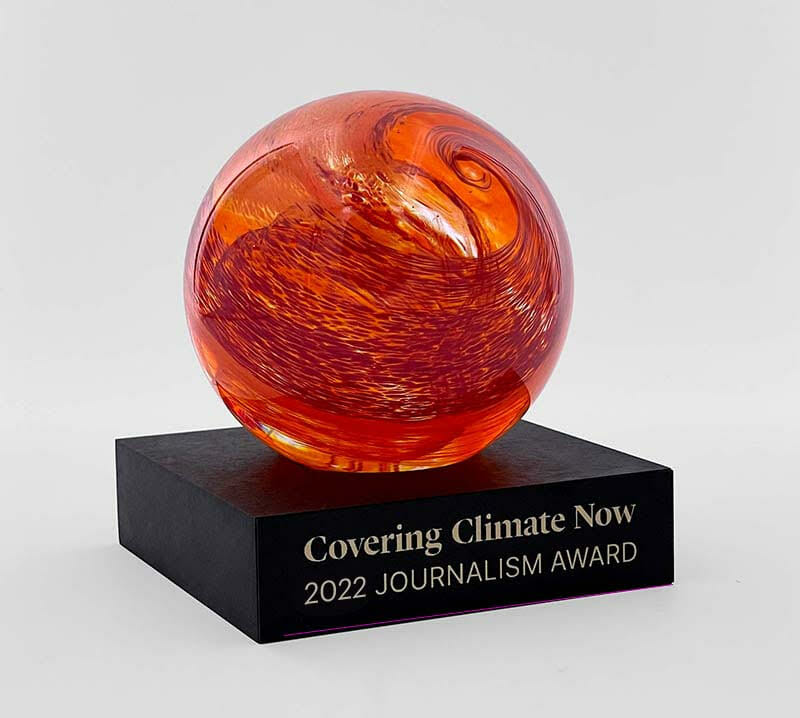⬆️ Watch the show “Burning Questions” featuring the work of the 2022 CCNow’s Journalism Award winners.
We’re thrilled to announce the winners of the second annual Covering Climate Now Journalism Awards honoring journalists producing the strongest coverage of the onrushing climate emergency and its abundant solutions. Winners of the 2022 CCNow Journalism Awards include journalists at the Guardian, Agence-France Presse, Al Jazeera English, PBS NewsHour, Globo, and HBO Max, as well as The Third Pole, Grist, the Post and Courier, the Los Angeles Times, and WGBH-PRX. Justin Worland, senior correspondent for TIME, was named Climate Journalist of the Year. (See the press release here.)
The 23 winners were selected from over 900 entries submitted from 65 countries, a 50% increase over last year’s awards. Juries composed of distinguished journalists representing 58 newsrooms around the world chose 68 finalists before naming the ultimate winners.
“Cutting edge journalists and newsrooms are increasingly grasping the urgency of the climate story, reporting it on the ground, and informing people and policymakers who can drive solutions,” said Kyle Pope, the editor and publisher of Columbia Journalism Review and the chair of the CCNow Awards judging process. “By honoring the best of this reporting, we hope to inspire fellow journalists everywhere to emulate the work of these exceptional colleagues.”
Award winners will be featured in a one-hour special hosted by Al Roker, co-host of NBC News’ TODAY and Savannah Sellers, host of NBC’s Stay Tuned and NBC News NOW anchor, that will air on October 25, 2022 on the WORLD Channel, which is broadcast by 191 public television stations nationwide.
“Better news coverage is an essential climate solution, a catalyst that makes progress on every part of the problem — from politics to business, lifestyle change to systems change — more likely,” said Mark Hertsgaard, the executive director of Covering Climate Now, whose 500-plus partner news outlets reach some 2 billion people.
See the 2022 CCNow Journalism Awards finalists.
The Winners
Journalist of the Year

Justin Worland
Senior Correspondent — TIME
Continuing TIME’s long-standing commitment to high profile, plainspoken reporting on climate change, Justin Worland covers a dazzling range of subjects with an eye for the telling detail, a panoramic understanding of the social forces involved, and a prose style that couldn’t be more inviting. His journalism manages to speak to diverse perspectives without over-simplifying the science or underplaying the imperative of rapid, far-reaching change in economic policies and practices. For example, a month before COP26, he was pointing out that “The Energy Transition Is In Full Swing. It’s Not Happening Fast Enough.” Worland’s work is equally useful and engaging — whether the reader is a teenage activist, a Wall Street investor, a farmer in Kansas or Kenya,or a government official. Beyond his writings, Worland also strengthened climate journalism as a whole in 2021 by co-founding The Uproot Project, a “network for journalists of color who cover environmental issues.” Uproot aims to “bring diverse voices to the forefront of environmental reporting” and help newsrooms do a better job of reporting the fundamental truth that virtually all aspects of the climate crisis “have disproportionate impacts on communities of color.”
This year Covering Climate Now launched its Climate Journalist of the Year Award. Worland’s combination of authoritative reporting with broader newsroom leadership elevates him as an exceptional journalist, making him the distinguished winner of this inaugural award.
Student Journalist
Audrey Carleton
One hint that Audrey Carleton has a bright future in climate journalism is that, while still a student, she published a top-notch story in the Guardian about a community campaign to stop construction of a fracked-gas pipeline in Brooklyn. Like most good reporters, Carleton wore out some shoe leather, spending hours at sit-ins and direct actions and live tweeting from protests. Meanwhile, she wrote data-driven explainers about how the proposed pipeline would affect the impacted communities, largely composed of people of color. Carleton also shows a nose for investigative work: To produce an audio documentary, she slogged through Pennsylvania oil fields, trackied campaign donations, and dug through legislative records and state archives. Making a career in journalism increasingly requires a diverse set of skills: reporting, writing, producing, and reaching audiences through social media. As Carleton continues developing these skills, her future looks bright.
Emerging Journalist

Shannon Osaka
Shannon Osaka joined Grist just as the Covid-19 pandemic was about to take over global news coverage. Her editors quickly came to value her uncanny ability to find engaging angles and guide readers through challenging subjects. In Osaka’s first two months, she wrote about the connection between global warming and zoonotic pathogens and investigated where carbon emissions were still taking place while the world was in Covid-19 lockdown. As the author of her nominating letter wrote, “Give Osaka a subject — the Paris climate agreement, Supreme Court rulings, tax credits for electric cars — and a little time to report, and she’ll come back with a clearly written story brimming with expert-level insight.” Especially noteworthy was her story about a “citizens assembly” in France that was convened to advise President Emmanuel Macron about climate policy. Having all these skills so early in her career makes Osaka a talent to watch.
Video — Daily Coverage
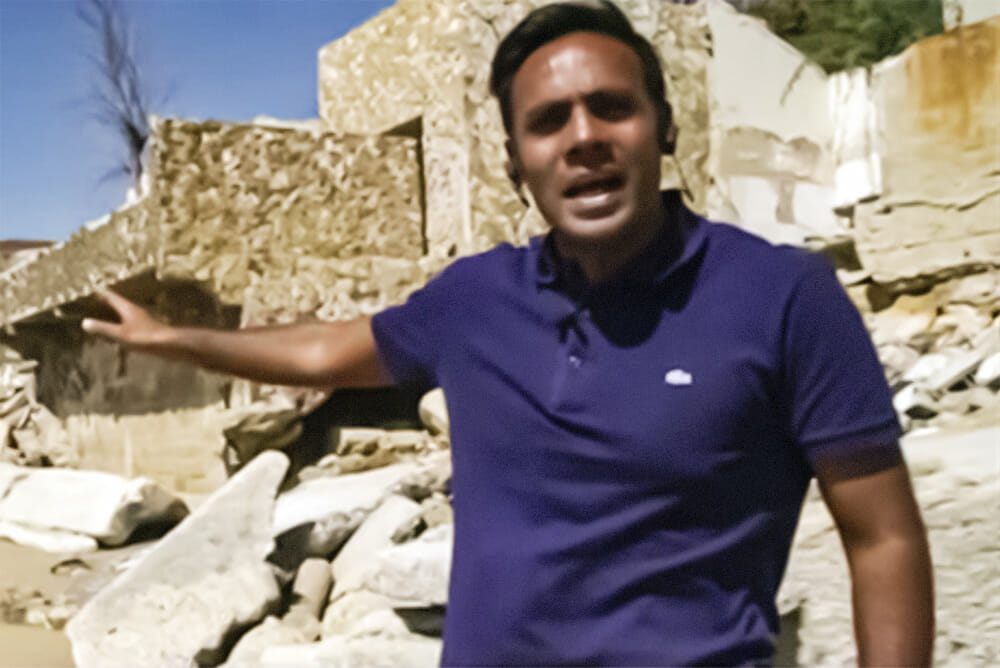
Climate Ravages: Sea Swallows Parts of Senegal’s UNESCO World Heritage Site
Al Jazeera English
BY NICOLAS HAQUE, EVA KASPROWICZ, AND HUGO BOOGAERDT
This gripping story reveals in very human terms the way climate change is driving migration to Europe from Africa. Al Jazeera English correspondent Nicolas Haque opens the piece by showing how Saint Louis, a UNESCO World Heritage site in Senegal, is crumbling beneath rising seas and stronger waves. Millions of dollars for engineering projects have failed to contain the relentless water. Growing food has also become more difficult, even as warmer sea temperatures have reduced off-shore fishing options. “While rich polluting countries ask poor countries to adapt to a changing climate,” Haque reports, “people here say, ‘It’s too late.’”
Skillfully reported and beautifully shot, the story is constructed through an artful mix of the reporter’s observations, interviews with the local mayor, and footage that succinctly shows the impact of the rising seas. We watch, for example, as a village elder counsels a young man that he has little choice but to risk the perilous trek to Europe in order to have any chance of a better economic future. With this superb journalism, Al Jazeera English continues its exemplary reporting on climate justice in the Global South.
Coverage of COP26

PBS NewsHour — Stories here, here, and here
BY WILLIAM BRANGHAM, SAM LANE, RYAN CONNELLY HOLMES, MURREY JACOBSON, AND SARA JUST
PBS NewsHour’s coverage of COP26 was both comprehensive and gut-wrenching with near-daily pieces that ran during the two-week summit. COP26 was the news peg, but the field reporting went far beyond Glasgow. On the ground reporting connects viewers directly with those who are disproportionately impacted by climate change in Bangladesh, Belgium, the Philippines, and the US state of California. Correspondent William Brangham’s reporting from Glasgow connects these emotional scenes of suffering with the science of climate change in a way that is accessible but rigorous. One segment, for example, illuminates how Dhaka, the capital of Bangladesh, has swollen with men who have left their flooded villages to try to earn a living and support their families.
It appears the NewsHour team had this contextual reporting from around the world ready in advance in order to thread it into their daily coverage of COP26 developments. This was an impressive newsroom achievement in planning, exhibiting a serious commitment of resources and airtime to climate coverage. Treating COP26 like the big story it was, PBS NewsHour is setting the gold standard for television coverage of the climate crisis in the United States.
Video — Long Feature
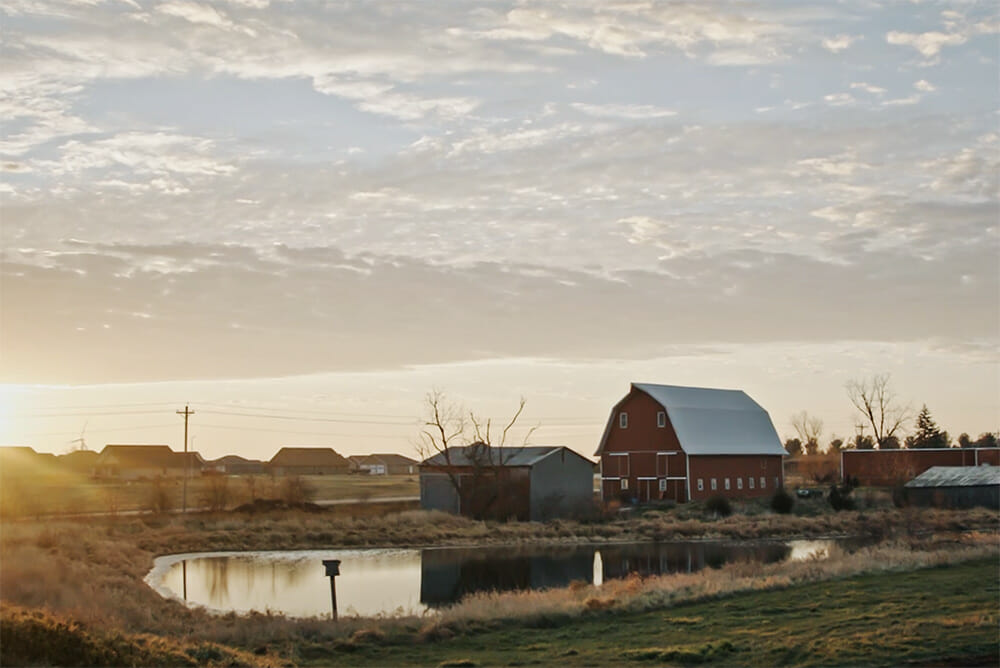
Through Our Eyes: Uprooted
HBO Max and Sesame Workshop
BY TALLEAH BRIDGES MCMAHON AND JIM MCMAHON
Young people didn’t cause the climate crisis that will shape the rest of their lives, yet rarely is the climate emergency portrayed through the stories of children. This pitch perfect episode of the HBO Max series “Through Our Eyes” is a brilliant exception. Filmmakers Talleah Bridges McMahon and Jim McMahon introduce pre-teen sisters Emma and Leo, sixth generation farmers in Iowa, whose family farm is battered by cycles of drought and flooding. The children and their parents take obvious joy in farm chores but sadly recognize that climate change is rendering their way of life unsustainable. Meanwhile, in Texas, climate driven storms and floods have forced nine-year-old Mariah and her extended family to evacuate to a motel room where dinner is frozen food cooked in the microwave.
While science and technology pervade much climate coverage, this production, from Sesame Street Workshop, delves into the psychology of the crisis — and the capacity of children for adaptation and resilience. What seems like a small story becomes a large, important one. It is exceptional filmmaking.
Video — Short Feature
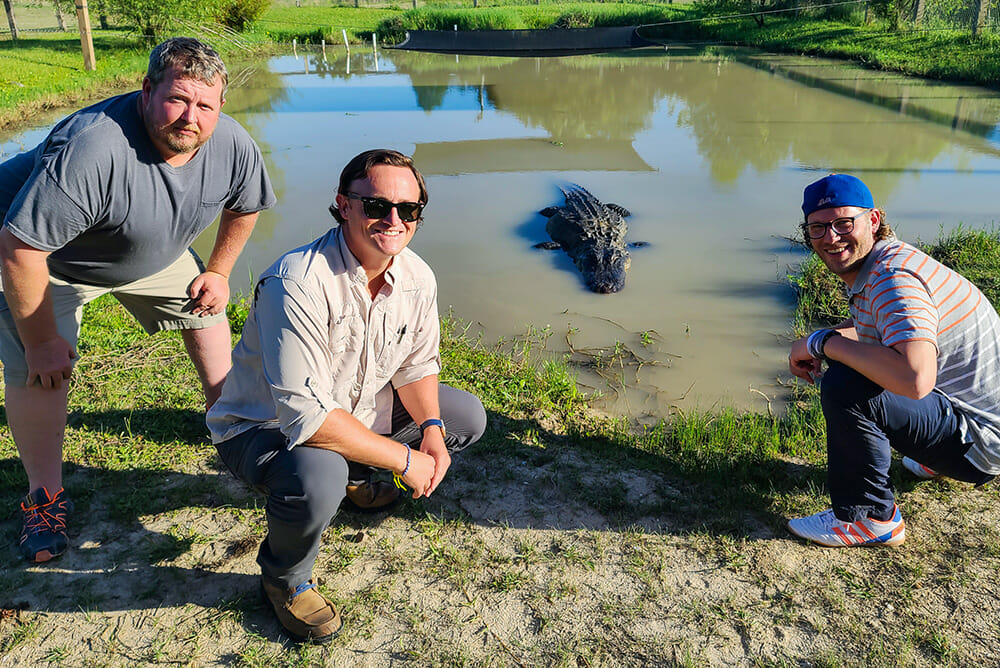
Parched and in Peril: Weather Extremes Are Forever Changing California
The Weather Company | weather.com
BY ANDY COATES, JONATHAN PETRAMALA, AND BRANDON CLEMENT
From its dead-on opening line “The Golden State is brown,” this three-part series pulls no punches about the climate future awaiting California. We witness heartbreaking testimonials from survivors who lost their homes to record wildfires, farmers who can no longer irrigate their crops because of rampaging drought, and firefighters who describe a growing ferocity in the fires they face. We also meet scientists who describe reforms that could help Californians better deal with their fast changing climate, and government officials trying to build resilience into efforts to rebuild.
Created by Climate Productions for The Weather Company, the crisp writing of the narration smoothly sets up the content in the featured interviews. As host Jonathan Petramala walks viewers through the facts, visually riveting footage from his colleagues shows the devastation up close and drone footage captures the larger scope of the disaster. The message is clear: California is on the brink of disaster, and immediate, far-reaching changes are essential.
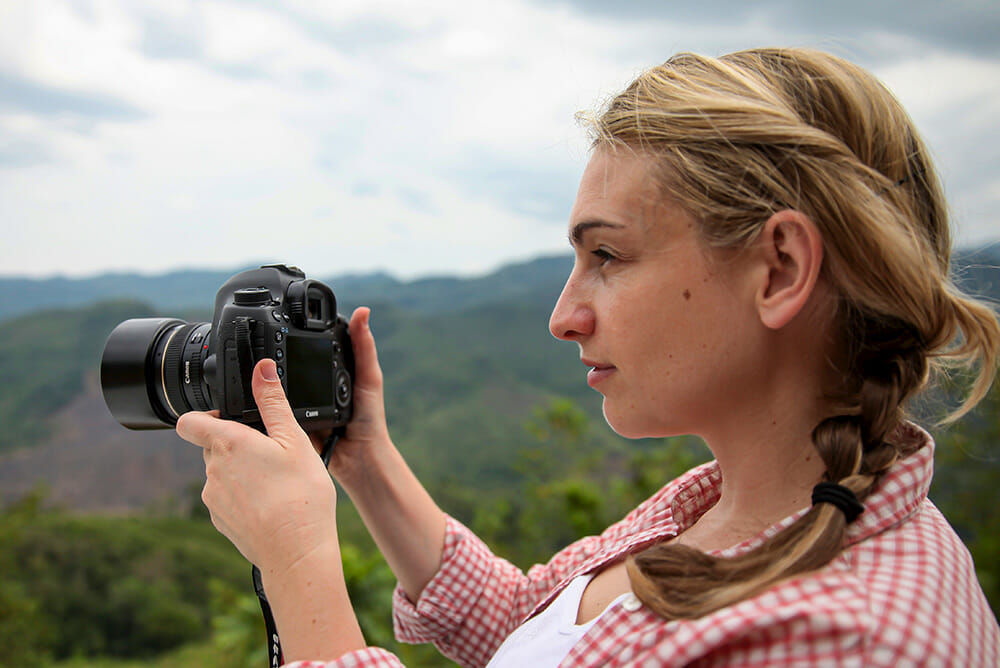
Coastal Cities on the Climate ‘Frontline’
AFP with an international team of reporters
BY KELLY MACNAMARA, ROBIN SIMMONDS, ANTOINE DEMAISON, FLORENCE GOISNARD, SAM JAHAN, JAN HENNOP, SONIA LOGRE, GIOVANNA GIRARDI, AND RACHEL O’BRIEN
This globe-spanning look at how rising seas on the climate frontlines will rewrite the world’s maps, doom some of its biggest cities, and unjustly brutalize tens of millions of its poorest inhabitants was produced by a team of journalists at AFP’s international bureaus. As impressive in its organizational achievement as in its editorial clarity and power, this brilliant work mobilized AFP’s journalists in coastal cities of the Global South in Indonesia, South Africa, Bangladesh, and Brazil as well as colleagues on European and US desks. The video built off a notable scoop, as AFP obtained an early draft of the Intergovernmental Panel on Climate Change’s Sixth Assessment Report on climate impacts and adaptation. The coverage displays concise command of the science, vast historical sweep, strong emphasis on climate justice, and an eye for solutions, such as Rotterdam’s extensive measures to cope with rising seas. The visuals are superb and memorable, as when a peek inside a Black woman’s dilapidated shack in a water-logged shanty town outside Cape Town, South Africa, is juxtaposed with a white man happily surfing not far away. This is journalism of the highest quality.
Radio Podcast Series
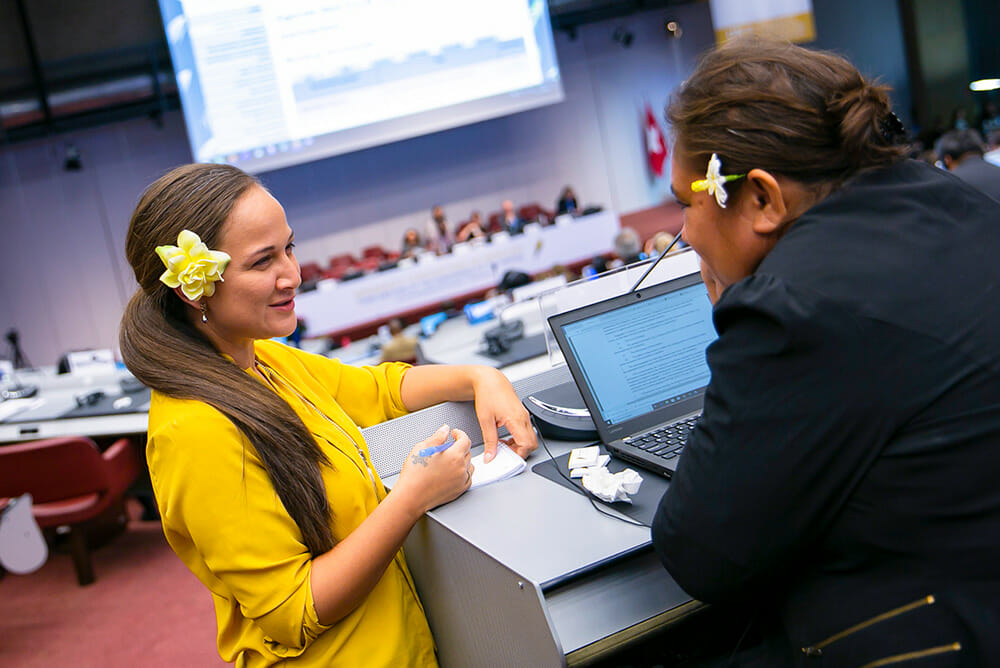
An Impossible Choice
The Guardian — Stories here, here, and here
BY LAGIPOIVA CHERELLE JACKSON AND KATE LYONS
Residents of Pacific Island nations are often depicted as having the most to lose in a warming world. Rarely, though, have we been given such an intimate view of what that actually means. In “An Impossible Choice,” a special series on the Guardian’s daily podcast ‘Full Story,’ Lagipoiva Cherelle Jackson, a scholar and journalist, and Kate Lyons, the Guardian’s Pacific editor, weave together personal stories from people in these communities that pack an emotional punch. They leave listeners with a better understanding of what existential uncertainty as a daily reality feels like, and the profound cost of the loss of ancestral land.
The first story pivots on a moment in Samoa when a sudden flood so rapidly demolished a house that a fleeing mother and father, clutching four kids in their arms, confront a parents’ ultimate nightmare: if the rushing water is too strong to save all four, do they let one child go? With heartstopping immediacy, this series helps listeners everywhere understand the terrible human cost of climate apathy and inaction by world leaders even as island people are forced to choose: do they stay in their homes despite the danger or leave and seek safety elsewhere? “What does the world owe pacific islanders?” Cherelle Jackson asks. What indeed?
Audio — Long Feature
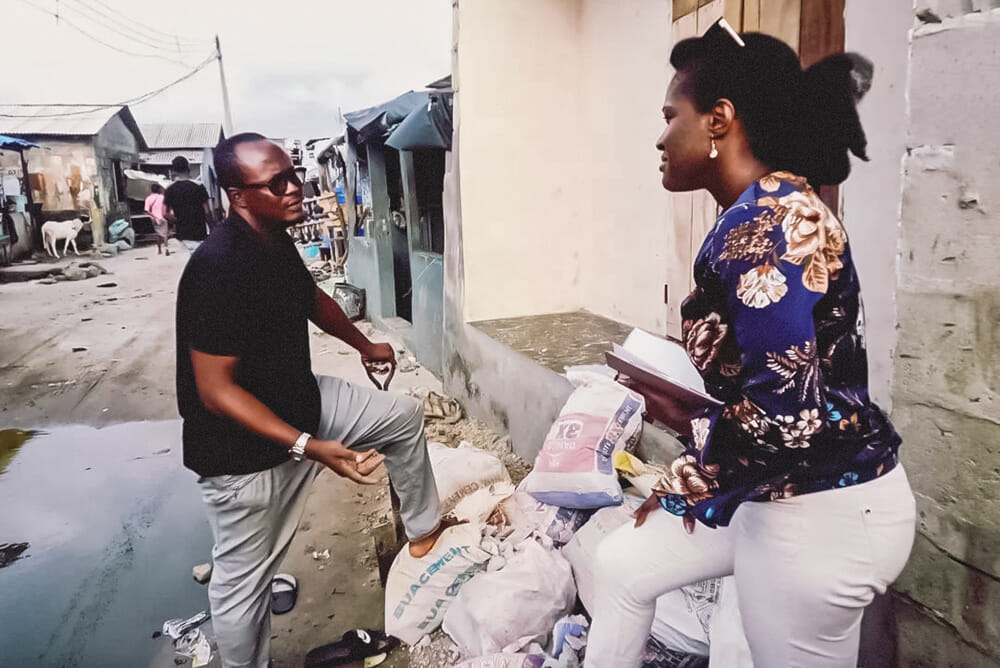
We Don’t Have the Power to Fight it.
Scene on Radio
“It’s a race against time, and time doesn’t stop.” So says Ugochi Anyaka-Oluigbo, the Nigerian reporter of this portrayal of how climate change is upending people’s lives in three different regions of her country. Anyaka-Oluigbo has been covering environmental issues in Africa for over a decade, and her extensive access to local people yields eyewitness testimony about how lack of rain is sparking violent conflicts between livestock herders and crop farmers competing for the same land and water. Women in the market describe food scarcity and skyrocketing food prices as agricultural production has declined because farmers fear deadly attacks. Displaced farmers are moving to the capital, Lagos, but there too climate threats abound: rising seas submerge shanty towns; villagers see their homes and heritage swept away.
This feature was presented by the podcast series Scene on Radio, which in 2021, its fifth season, looked at the climate crisis globally. In this episode’s introduction, co-host Amy Westervelt tells listeners, “analysts consistently say Africans, per capita, have contributed the least to the problem of climate change, and the continent is the most vulnerable to climate chaos.” We see that chaos in this piece, making it a story that, as one judge put it, “everyone in the Global North should listen to.”
Audio — Daily Coverage
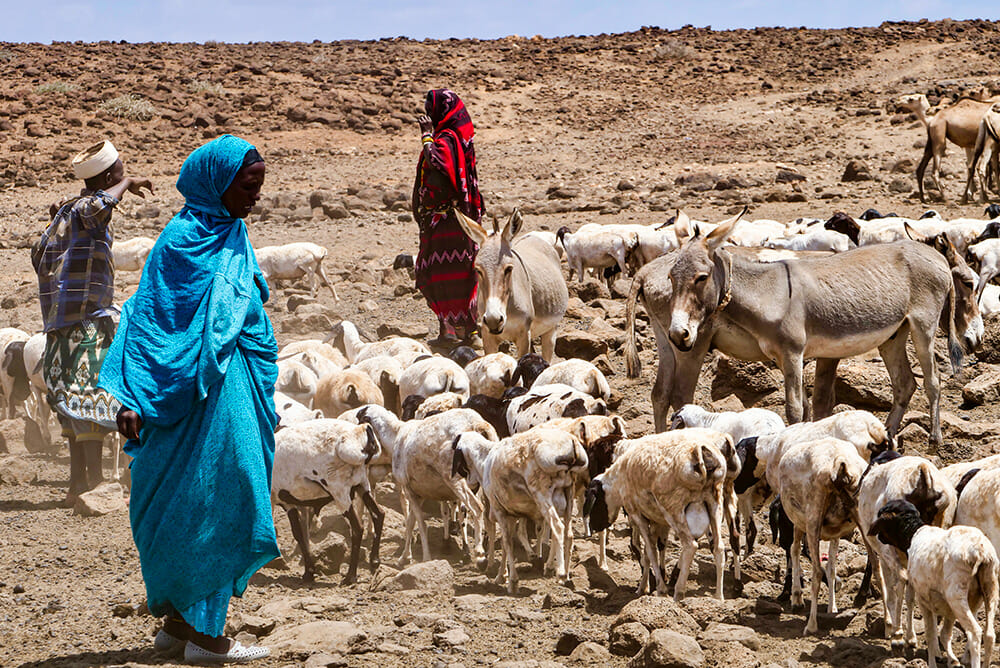
Selected Coverage of the COP26 Climate Summit
The World — Stories here and here
BY CAROLYN BEELER AND HALIMA GIKANDI
United Nations climate summits like last year’s COP26 can often seem remote to the average person, but in her public radio coverage Carolyn Beeler brought listeners inside the conference rooms with her while conveying the deeper issues at hand. For one story, she shadowed Xavier Matsutaro, the government negotiator for the country of Palau, a string of low-lying Pacific islands for whom limiting temperature rise to 1.5 degrees Celsius is literally a matter of life and death. Her second story unpacked the contentious issue of “loss and damage” —Global South countries are already experiencing irretrievable loss of life and economic damage from climate shocks they didn’t cause, and they want compensation from rich Global North countries. “To my mind, the climate change problem now is an ethical problem, and I call it the biggest injustice in the world,” Saleemul Huq, a scholar and activist from Bangladesh who advises vulnerable nations on climate change, tells Beeler. The climate crisis has been caused by consumption levels in the Global North, Huq explains, but “poor people around the world are suffering the consequences. That’s just morally wrong. And we should do something about it.”
Audio — Short Feature
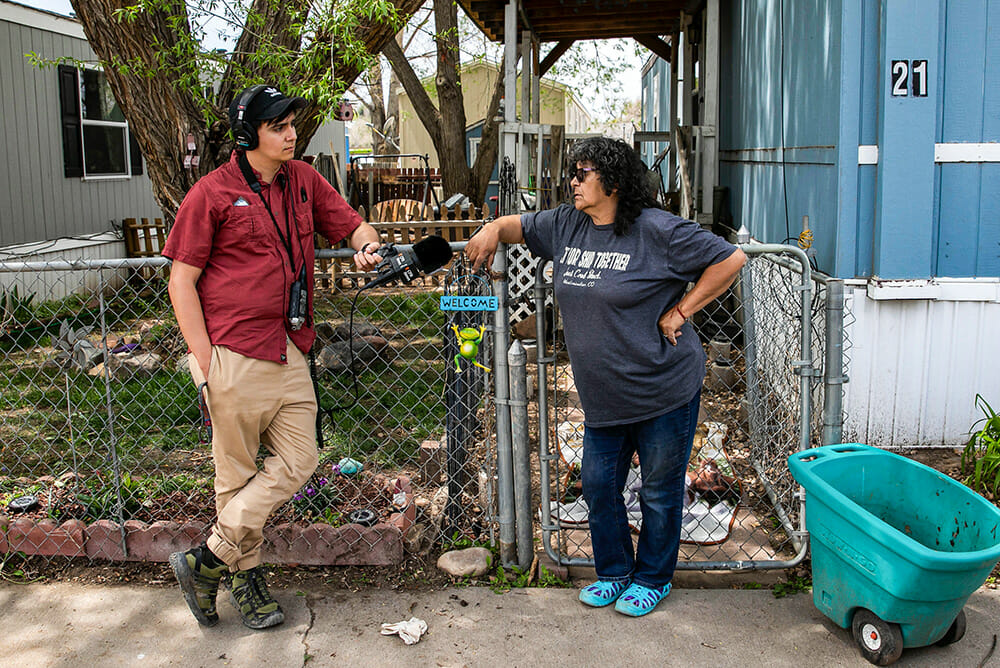
Wildfires Are Ravaging the West. Research Shows the People in Their Paths Vastly Underestimate the Risk
Colorado Public Radio
Most people are much less prepared for wildfires than they think they are. That conclusion comes through unmistakably in this well-reported account of how residents in the US state of Colorado are responding to the wildfires of the recent past — even as they do not adequately prepare for the fires surely to come. “This is not the city,” says one fire response expert quoted in the piece, explaining why newcomers to the community often don’t understand the risks they are facing.
Miguel Otárola, Colorado Public Radio’s climate and environment reporter, reports that about half of Colorado’s population live in wildfire-prone areas. He uses the voices of local characters to turn what could have been a dull feature on fire-preparedness into exemplary local journalism that both anticipates and serves the needs of its audience. The feature outlines practical steps that individuals, businesses, and communities can take to enhance their safety. Coverage like this helps close the gap between people’s perceptions and the realities of the dangers climate change is bringing.
Writing — Long Feature
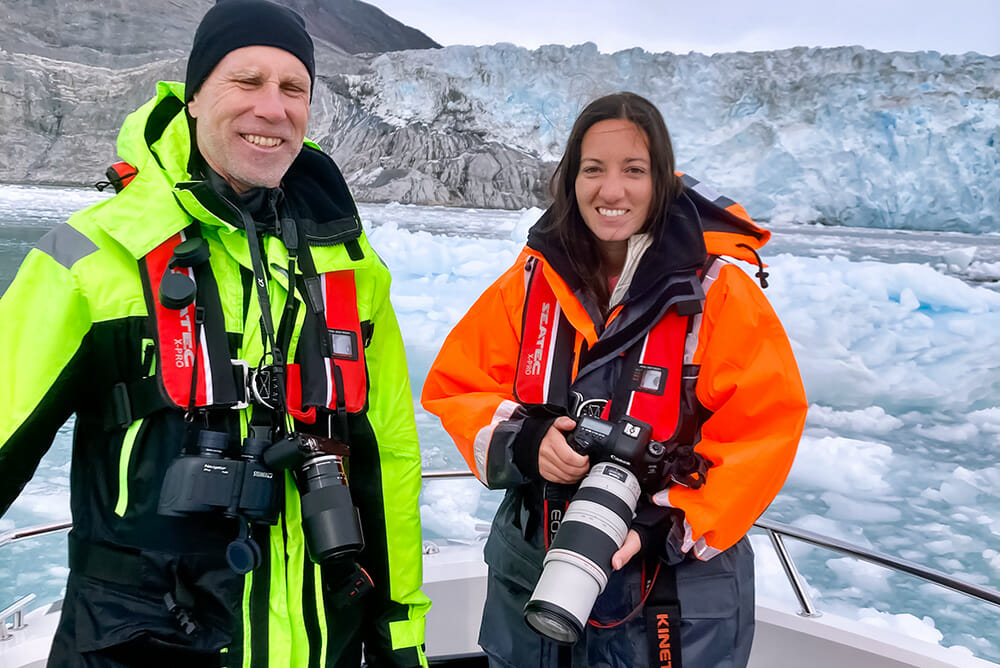
The Greenland Connection
The Post and Courier
By Tony Bartelme and Lauren Petracca
“The Greenland Connection” is a brilliant example of how journalists can connect the dots for the public between their daily lives and global warming. In this beautifully written, deeply reported story, Tony Bartelme takes readers in Charleston, South Carolina, to Greenland to explore how melting ice will raise global sea levels. Explaining how those far away changes are already affecting his hometown, Bartelme’s writing moves assuredly between detailed narrative observation (including the exploits of Greenland’s very own “Climate Elvis”) and scientific explanations framed by easy-to-follow comparisons and anecdotes. Dramatic video and photography by Post and Courier photojournalist Lauren Petracca make readers feel they are experiencing first-hand Greenland’s melting as well as the consequences for their home state. With a circulation of less than 100,000, the Post and Courier has often been recognized for its outstanding reporting. At the paper for more than 30 years, Bartelme has covered a wide range of investigative topics and produced ground-breaking, environmental stories.
Writing — Investigative Reporting
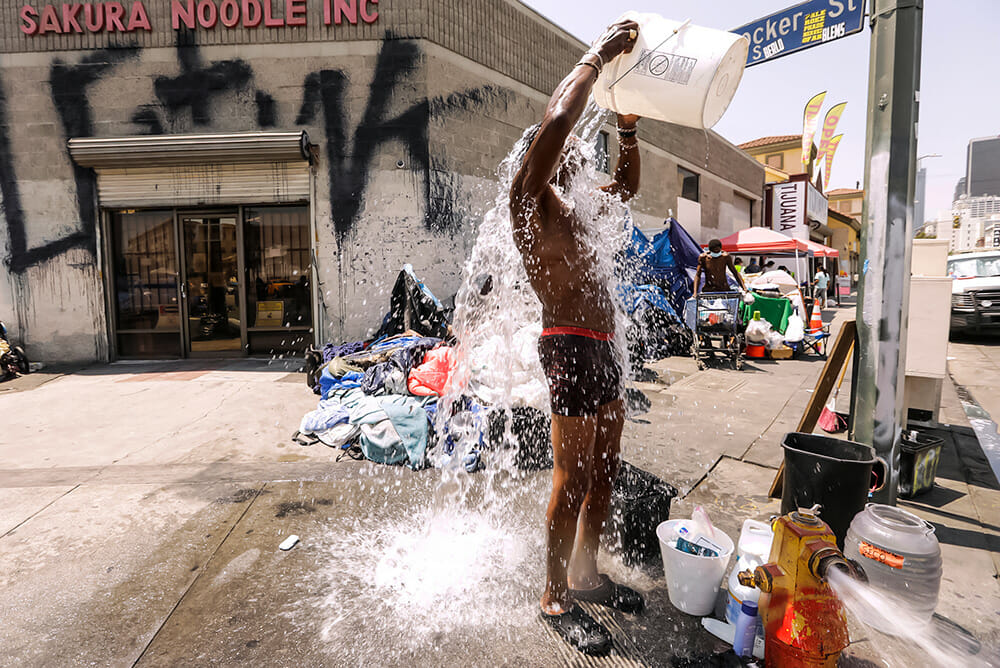
Extreme Heat’s Deadly Toll
LA Times
By TONY BARBOZA AND ANNA M. PHILLIPS, SEAN GREENE, RUBEN VIVES, GENARO MOLINA, LOGAN A. ARNOLD, PAUL DUGINSKI, MADALYN AMATO, ALEX WIGGLESWORTH
“Extreme heat is one of the deadliest consequences of global warming.” Grabbing the reader with this terse opening line, a team of Los Angeles Times journalists offers a masterful, compassionate investigation of how climate-driven heat is causing misery, illness, and death in California, a state that prides itself on being a climate leader. Led by Tony Barboza, who has covered environmental issues for 15 years, the team included environmental reporters, data visualization journalists, a photojournalist, and a health data analyst.
Through extensive data digging and analysis complemented by on the ground reporting, these journalists conclude that California’s death toll from searing temperatures and stifling humidity may be six times higher than the state’s official count for the 2010s. They deployed satellite imagery to document the disproportionate impacts of rising heat on vulnerable communities, revealed how government regulators ignored brutally hot conditions endured by low-wage warehouse workers, and delivered “news you can use” for people seeking to keep cool when temperatures rise. The reaction to the series was immediate, as the Los Angeles City Council, the state legislature, and the governor’s office instituted new rules and regulations to help Californians cope with extreme heat going forward.
Writing — Daily Coverage
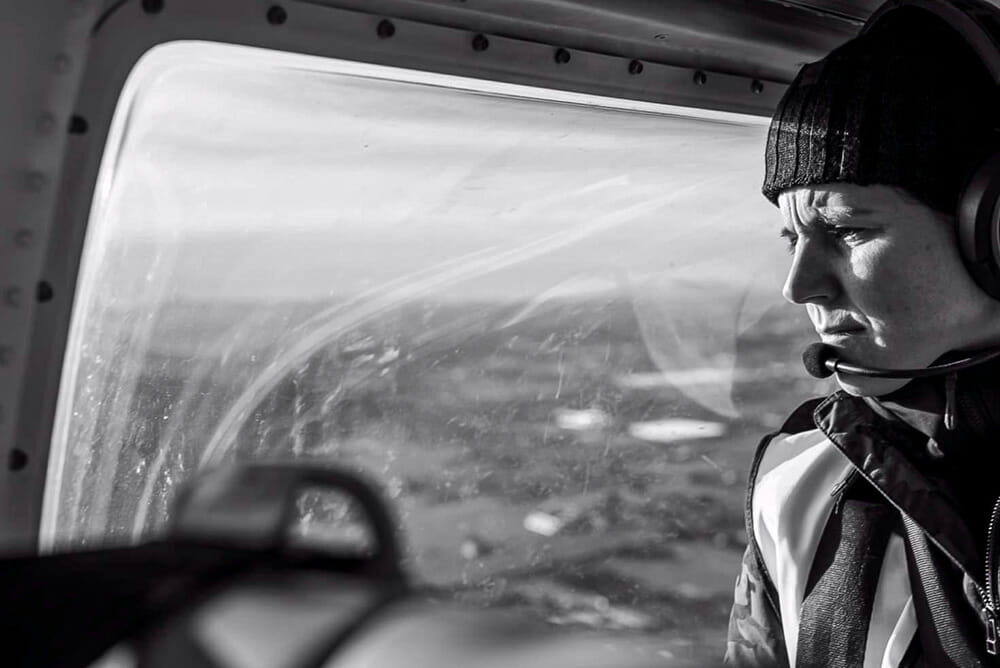
British Columbia’s Cascade of Climate Disasters
The Globe and Mail — Stories here, here, and here
BY KATHRYN BLAZE BAUM, NANCY MACDONALD, AND MATTHEW MCCLEARN
This coverage of British Columbia’s climate disasters in the summer of 2021 powerfully conveyed the threat of climate change to Canadians by combining personal accounts of loss from record heat, fires, and flooding with data analysis and stunning photos. It’s notable that as the paper of record in Canada, a major petrostate, The Globe and Mail put such clear emphasis on the consequences of burning so much carbon. As one judge put it, these stories ”painted a clear picture of what life is — and will be — like in a warmer climate.”
A veteran investigative reporter, Kathryn Blaze Baum has been on the environmental beat at the Globe and Mail for six years. Nancy Macdonald is a British Columbia-based national reporter for the newspaper. Together with data journalist Matthew McClean, they brought environmental expertise together with regional knowledge to tell stories that never lost sight of the social injustice of climate disasters.
Writing — Short Feature
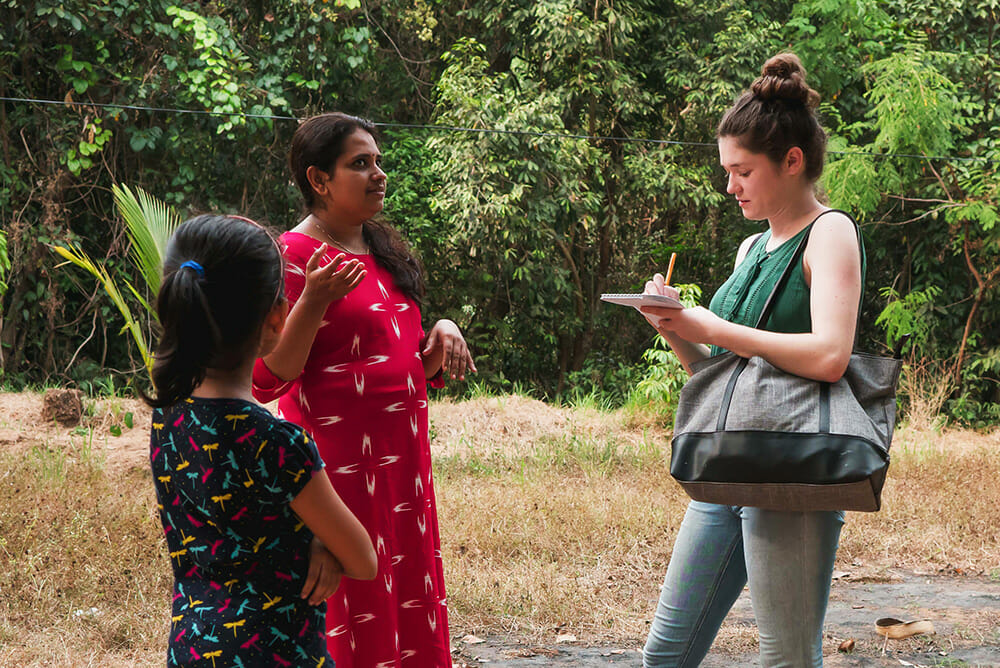
A Tiny Town Was the Soviet Union’s Uranium Hub. Now, It’s Racing to Avoid Disaster.
Gizmodo
In a small town in Kyrgyzstan, uranium mines excavated decades ago when the Soviet Union was building its nuclear arsenal are now a major public health threat due to climate change. Reporting from a place the rest of the world rarely hears from, Diana Kruzman, a native speaker, shows how flooding and landslides driven by climate change bring new urgency to the long-standing question of what to do with nuclear waste. Kruzman identifies dozens of sites where radioactive material lies just beneath the Earth’s surface, a recipe for disaster. She effectively leavens her descriptions of the historical and environmental roots of the problem with emotion-filled quotes from local people about the dangers they face.
The debate over nuclear energy often focuses on the risk of reactor meltdowns. This article demonstrates that even taking uranium out of the ground has costs and consequences, making Kruzman’s story a cautionary tale against newly ascendent arguments that nuclear power is an answer to the climate crisis.
Writing — Commentary
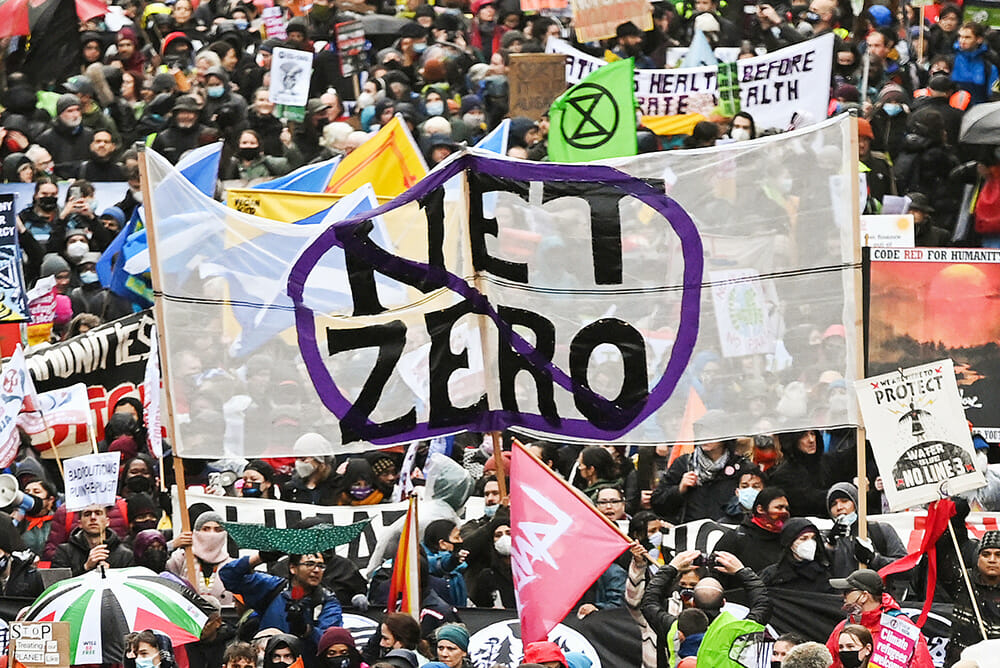
Climate Scientists: Concept of Net Zero Is a Dangerous Trap.
The Conversation
By JAMES DYKE, ROBERT WATSON, AND WOLFGANG KNORR
The concept of net zero is the new darling of governments and companies that aim to be climate-friendly and responsible. But what exactly does net zero mean, and is it trully a reliable guidepost to climate progress? This compelling piece of science commentary by three leading academics forcefully makes the case against putting too much trust in net zero. The judges were impressed with the level of detail and rigor in this thought-provoking argument about an issue that too often goes unexamined in mainstream discourse. The authors suggest that the tantalizing possibility of carbon removal strategies distracts focus from the most viable way to tackle the climate crisis: transitioning away from fossil fuels.
Although grounded in an abundance of scientific data, this commentary makes a technical, evidence-heavy argument accessible to the average reader. Commissioned by The Conversation, a nonprofit news organization that endeavors to bring the expertise of academics to the public, and published in tandem with Apple News, the piece was republished in multiple languages. It’s no surprise it caught the attention of climate campaigner Greta Thunberg and was widely shared through social media.
Writing — Newsletters
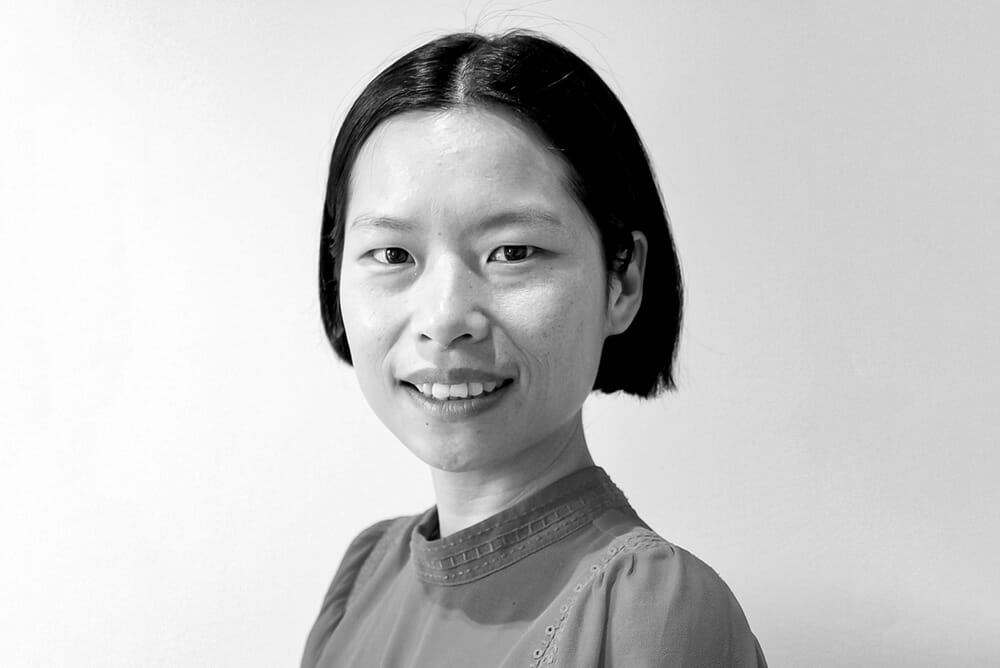
Carbon Brief’s China Briefing.
Carbon Brief’s China Briefing — Newsletters here and here
BY XIAOYING YOU
China and the United States are the world’s two climate superpowers. One of those superpowers is incessantly covered in the international media. China, much less so. Although China is key to the future of Earth’s climate, its internal politics and decision-making are largely a mystery to most outsiders. But since China is the largest annual emitter of greenhouse gasses and the second largest economy on Earth, it’s essential for people everywhere to understand how the nation’s leaders, and its people, view the climate crisis, and how their responses compare to what science says is necessary to preserve a liveable planet.
Carbon Brief, a UK-based website covering the latest developments in climate science, climate policy, and energy policy, assembled a team of China specialists to launch China Briefing in May 2021. Edited by Xiaoying You, a Shanghai-born journalist who has been reporting for international media since 2006, this English-language weekly newsletter explains the most important climate and energy stories unfolding in China, breaking down what happened, where, and why it matters. China Briefing shines a light on the workings of Chinese state policy, business and, to a lesser extent, society. For anyone with an interest in global climate policy, this is a valuable service.
Photography
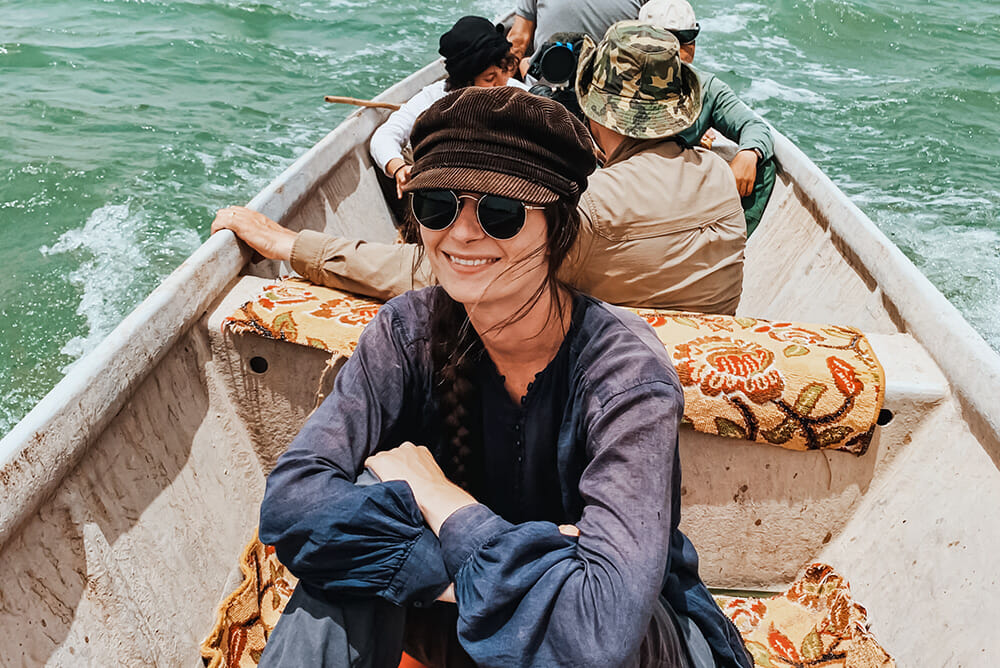
The Last Of The Marsh Arabs
Noēma
With climate change putting the future of human civilization at great risk, this photo essay transports us back to one birthplace of human civilization: the Tigris-Euphrates river valley, which includes parts of modern day Iraq. For the past five years photographer Emily Garthwaite has focused her lens here. By living alongside her subjects for long periods of time, she gained rare access to their culture. Garthwaite’s photos show fishermen, families, and children going about their daily lives in a dying landscape, often in the glow of industrial smokestacks across the marsh. With exquisite composition, the photos capture not only landscapes in decay but also the emotions of the Marsh Arab people and their struggles. One grasps the story these photos tell without having to read their captions, a sure sign of superior photography.
Published alongside an in-depth article in Noēma, a California-based magazine that takes a multidisciplinary approach to global issues, these haunting photographs enable readers to see and feel, unforgettably, the humanitarian and environmental impacts of climate change.
Multimedia
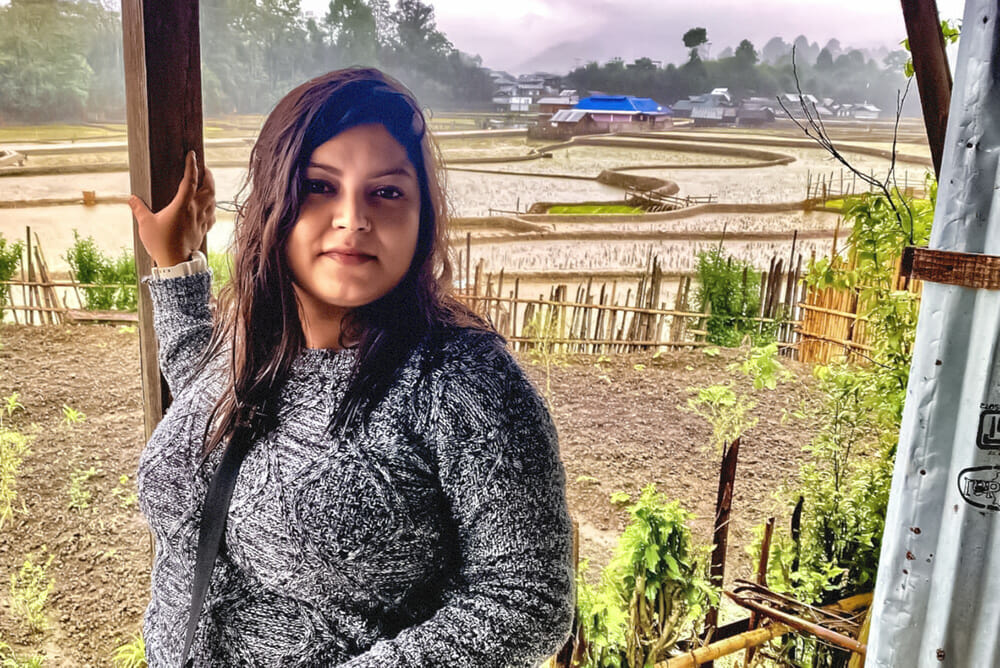
Songs of Loss and Longing
The Third Pole — Stories here and here
BY CHANDRANI SINHA AND ZOBAIDUR RAHMAN
It’s not only words that can describe the climate crisis; music can convey new dimensions of the problem–and thereby reach different audiences. In this beautifully illustrated two-part interactive feature, ‘The Third Pole’ invites you to float (or in this case, scroll) down India’s Brahmaputra river and into the Bengal Delta while listening to songs from people who have been displaced by flooding and erosion driven by climate change. The villagers lament the losses they have endured, chronicling departed loved ones, livelihoods, and communities. This unique presentation is complemented by text and video interviews that provide background and context for the devastation affecting families who have long made these places their home.
‘The Third Pole’ is a multilingual digital platform focused on the region encompassed by the Hindu Kush mountain range and the Tibetan Plateau. After the North Pole and the South Pole, this region’s ice fields contain more freshwater than anywhere on the planet. One of every four human beings rely on this watershed for drinking water. Produced by the independent Indian journalist Chandrani Sinha and Zobaidur Rahman, Bangladesh editor for ‘The Third Pole,’ these stories stay with you long after you experience them.
Social Media & Engagement
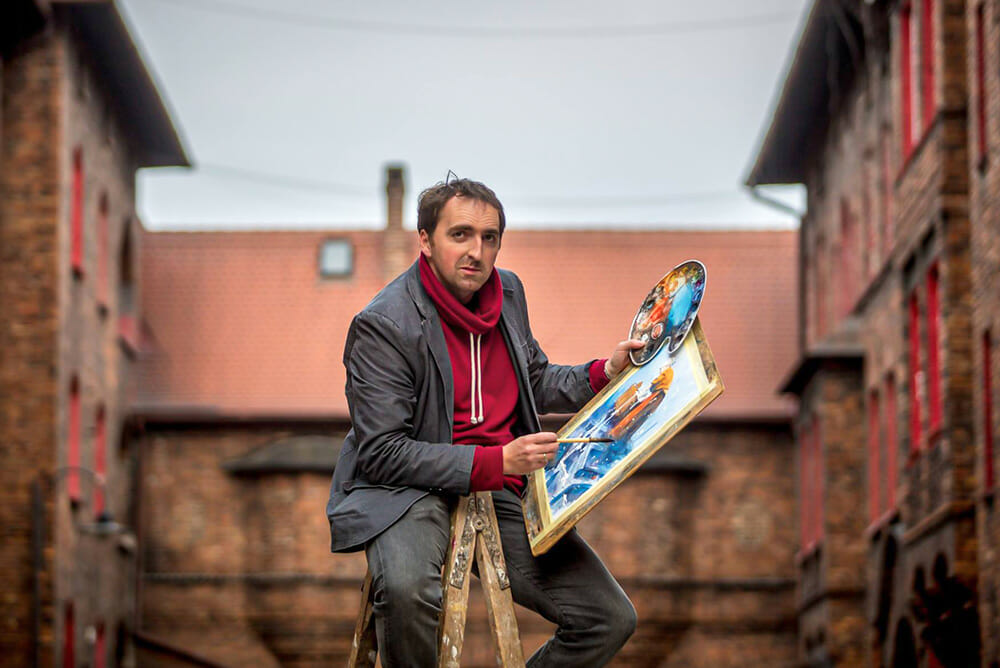
Power Postcards
Outriders
BY LOLA GARCÍA-AJOFRÍN, TADEUSZ MICHROWSKI, AND GRZEGORZ CHUDY
In another example of this year’s award winners tapping the power of art to reach audiences at a different, more emotional level, “Power Postcards” tells the climate story through miniature watercolor paintings. The Polish non-profit newsroom Outriders, which produced the series, describes its mission as “covering global issues, having local impact.” Every two weeks Outriders subscribers who opt-in are sent a digital postcard bearing a hand painted illustration of a climate issue, accompanied by a brief text that explains why the issue matters and, sometimes, how people can take action. The watercolors are eye-catching, the accompanying information is clear and useful. This skillful melding of journalistic rigor, artistic expression, and creative audience engagement illustrates the potential of innovative journalism to inspire an already invested audience more deeply.
Industry Innovation

Imagine 2200: Climate Fiction for Future Ancestors
Grist
BY TORY STEPHENS, GALIA BINDER, JOSH KIMELMAN, JAIME BUERGER, CHUCK SQUATRIGLIA, CLAIRE ELISE THOMPSON, MIGNON KHARGIE, MIA TORRES, MICHAEL WESLANDER
Along with music, painting, and photographs, the climate story can also be explored through fiction, as demonstrated by ‘Imagine 2200,’ an initiative by Grist, the veteran US environmental news site. ‘Imagine 2200’ invited writers to look 180 years into the future — and envision not climate apocalypse but rather survival and progress — and portray that future in short stories. The response was overwhelming: More than 1,100 stories were entered from 85 countries. A final selection of 12 stories featuring diverse voices was published in a special ‘Climate Fiction’ issue, accompanied by reported articles describing today’s solutions that make a better climate future possible.
Um Só Planeta (“Only One Planet”)
Um Só Planeta, which translates to “Only One Planet,” is a project spearheaded by Globo, one of Brazil’s biggest media companies. What is impressive, and innovative, about this project is that it brings 22 separate media properties together to publish shared editorial content on the climate crisis, even synchronizing cover stories. Outlets including Vogue Brazil, Marie Claire Brazil, and Valor Econômico newspaper contribute written and audio content that is solidly reported and solutions-oriented. Under the leadership of executive editor Maria Carolina Garcia Lopes Abe, this collaborative approach not only increases the quantity of climate reporting being done in Brazil, it also deepens its impact by reaching additional audiences. Coming from Brazil, which carries outsized influence on the global climate problem, this kind of journalistic innovation is especially welcome.
